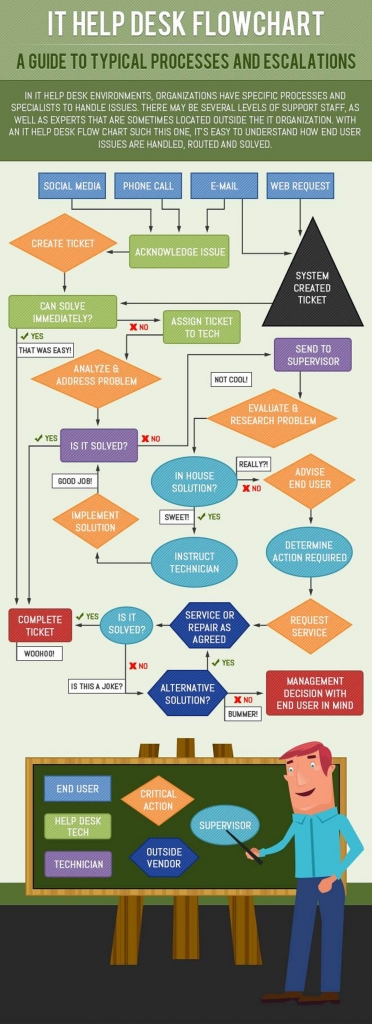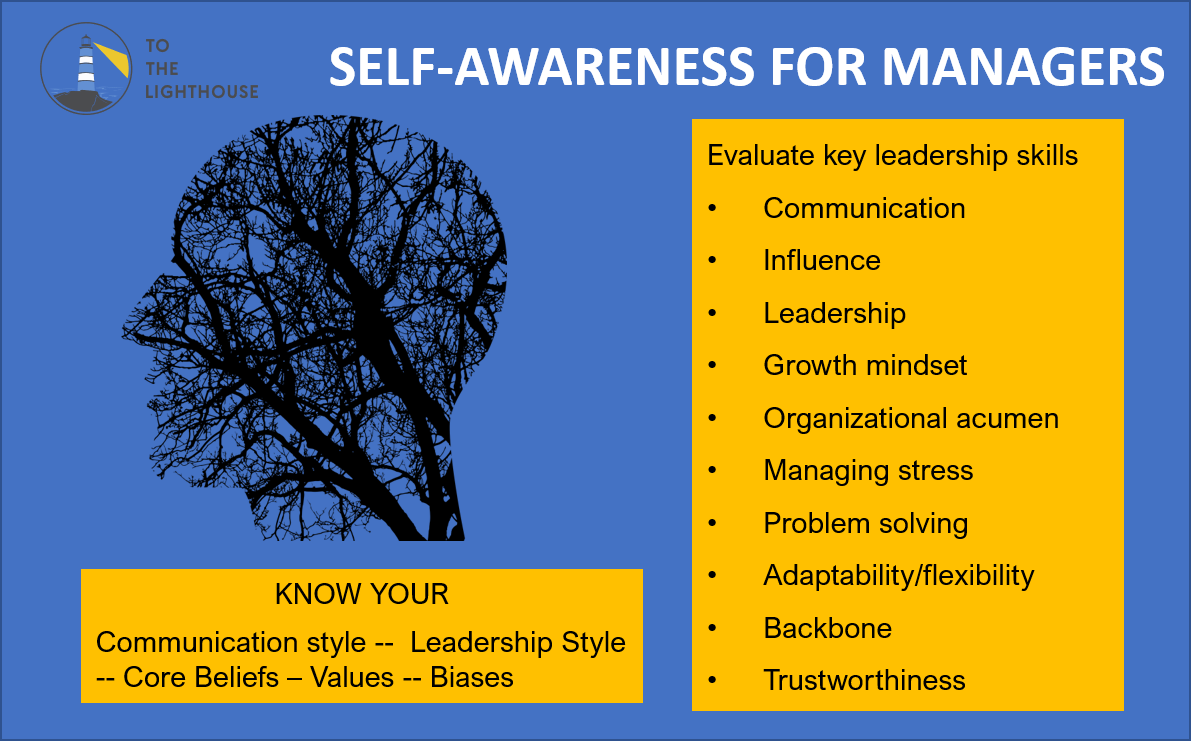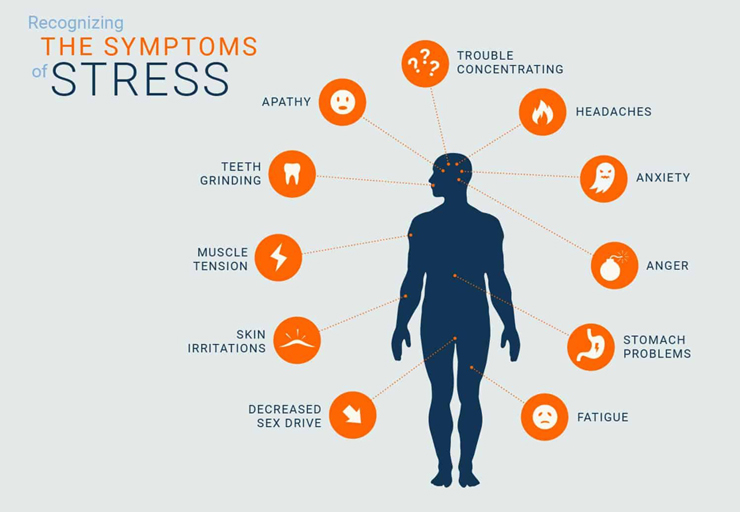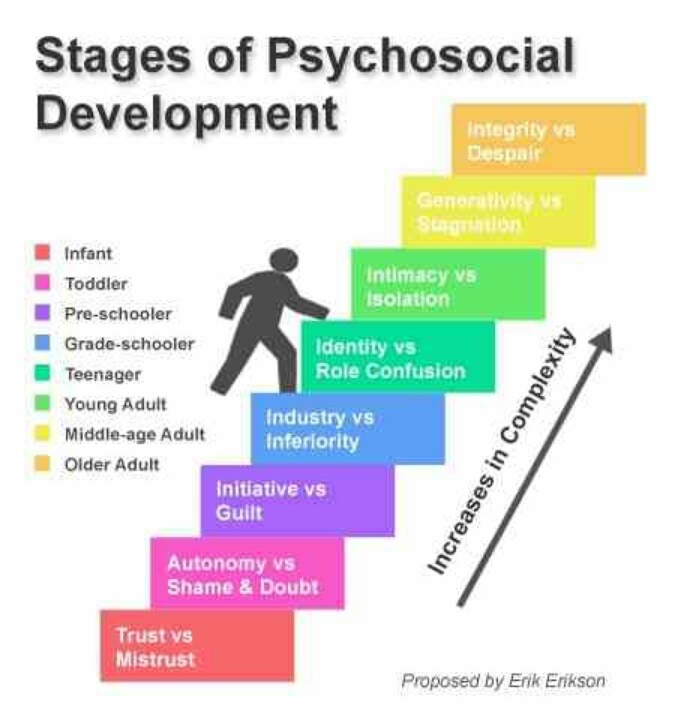How to handle issues
A step-by-step guide to problem solving
Let’s face it, having to deal with problems can really suck, making you feel paralysed and out of control. Whatever the scale of your issues, there are steps you can take to feel more in control. And while you might not always make the right choice, you can learn how to feel comfortable with the decisions you make.
Why problem solving is useful
Whether you’re at a crossroads with a decision, or you’ve got a problem that’s wearing you down, if you approach the issue proactively, you can avoid those crappy feelings of self-doubt and hopelessness. Focus on what you can do, instead of the things that are out of your control, and feel satisfied that you’ve done the best you can.
8 steps to problem solving
Step 1. Define the problem. What exactly is going on? Sometimes a problem just seems too big to tackle. However, if you make a list and break it down into smaller parts that you can make a start on solving, it’ll feel more manageable.
Step 2. Set some goals. Focus on the steps you can take to resolve things, rather than just thinking about what you’d like to happen. Maybe you wish you had more money. Make a list of all the ways you can save or earn more. It could mean walking to school rather than taking the bus, or applying for a part-time job.
Step 3. Brainstorm possible solutions. Be creative and come up with as many solutions as you can think of. Some ideas may be way out there, but don’t worry about evaluating them yet. If you want to solve a conflict you’re having with your parents by escaping on a rainbow unicorn, write it down! Keep an open mind and list anything that comes to mind, plausible or not.
Step 4. Rule out any obvious poor options. Okay, reality check. Evaluate your list of ideas and rule out the ones that are unrealistic or unhelpful. Bye-bye, rainbow unicorn. But how about trying to see things from your parents’ point of view? That option should probably stay on your list.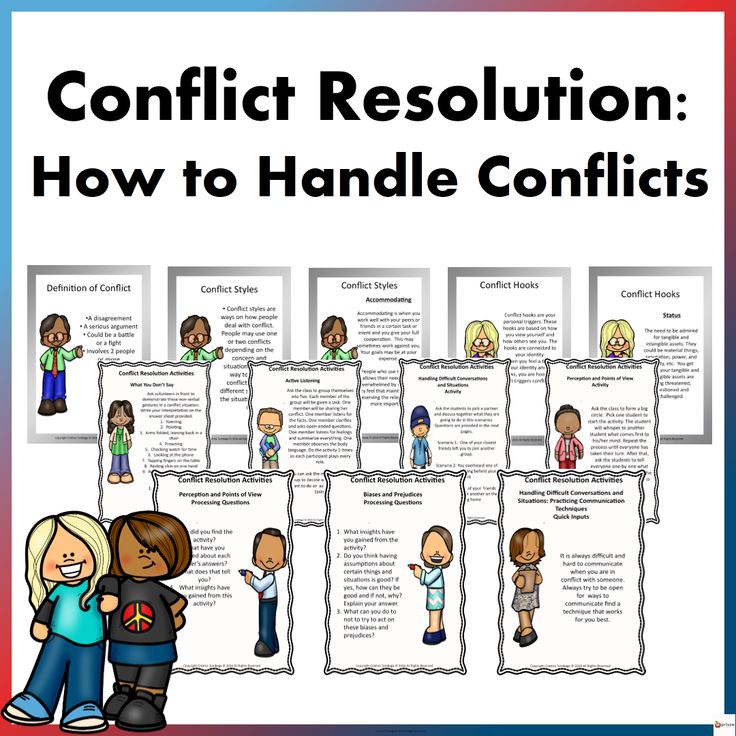
Step 5. Examine the consequences. Go through the options you’ve got left and for each one write a list of their pros and cons.
Step 6. Identify the best solutions. Now it’s time to make a decision. Look at your list of options, and pick out the ones that are most practical and helpful. There may be one obvious solution, or some might work in combination.
Step 7. Put your solutions into practice. Have faith in yourself and make the commitment to try out one of your solutions.
Step 8. How did it go? So, you tried it out. What happened? If you had more than one solution and the first didn’t work, move on to another one.
What to do when you can’t fix the issue
Despite your best efforts, you may still not be able to fix something. If you’ve tried a few strategies but haven’t had any success, you might try to focus on your coping skills instead, to help you deal with things as they are.
If you’re experiencing a lot of negative feelings because of your issue, it’s important to look after yourself. Take time out to do something you enjoy. You might also find it helpful to talk to someone you trust who can give you moral support. If your situation is interfering with your day-to-day life, it’s a good idea to get some professional help.
What can I do now?
- Grab a notebook and start brainstorming ideas for solving the problem.
- If a solution is proving to be elusive, focus on your coping skills.
- Talk to someone you trust about your problem and see if they have any insights to offer.
Explore other topics
It's not always easy to find the right place to start. Our 'What's on your mind?' tool can help you explore what's right for you.
What's on your mind?
Dealing With Your Problems: Tips and Tricks
Problem-solving doesn’t have to be stressful. When we create a step-by-step plan, we can gracefully work through even the toughest issues.
When we create a step-by-step plan, we can gracefully work through even the toughest issues.
Do you have a problem you’d rather not think about? Perhaps you keep moving it to tomorrow’s to-do list. And when tomorrow comes, you do it again – and again.
Before you know it, the problem has become a giant monster that gets more vicious with each passing day. It’s screaming to be solved, but now it’s almost too overwhelming to deal with.
However, tackling a problem doesn’t have to be so stressful. When you have the right tools in your problem-solving toolbox, you can handle most problems with more success and far less stress.
Whether it’s a relationship problem, a financial problem, or a work problem, problems are a regular part of life.
Some problems can feel overwhelmingly complicated. But when you divide problem-solving into actionable steps, it becomes much easier to tackle.
Here are 5 steps for dealing with a problem:
- Identify the problem.
 In order to find a solution, it can help to identify the root cause of the problem instead of just the symptoms of the issue. To do this, keep asking “why?” until you get to the root. It can also help to journal about how you are feeling and consider where your stress is coming from.
In order to find a solution, it can help to identify the root cause of the problem instead of just the symptoms of the issue. To do this, keep asking “why?” until you get to the root. It can also help to journal about how you are feeling and consider where your stress is coming from. - Brainstorm potential solutions. There may be several solutions to your problem. List the pros and cons of each one. Take your time with this. You may even ask advice from a few friends. This will help you weigh in multiple perspectives.
- Choose the best solution. Consider solution is the most practical, sustainable, and most likely to succeed. Once you’ve chosen a solution, direct your energy into your choice.
- Create a step-by-step plan. Now that you’ve chosen a solution, list out a step-by-step plan to get it done. You can set project goals (e.g. do this task and then this task, etc.) or time goals (work on this task for 4 hours).
 Taking manageable steps is important, because trying to tackle the problem all at once creates mental chaos and anxiety.
Taking manageable steps is important, because trying to tackle the problem all at once creates mental chaos and anxiety. - Don’t procrastinate. Putting the problem off until later can create more anxiety. Procrastination also increases your problems if you’re under a time constraint. For instance, if you have to write a 2,000-word report in a week, don’t wait until the night before to start it.
Below are several tips for better problem-solving.
- Be confident. As best you can, try to be confident that there’s a solution right around the corner (you just have to find it). 2018 research shows that your motivation increases when you’re confident that you will get the desired reward or outcome. Developing this type of positive thinking often first requires building your self-esteem, so that you are confident in your problem-solving abilities.
- Be proactive. Always think ahead and try to anticipate any potential obstacles.
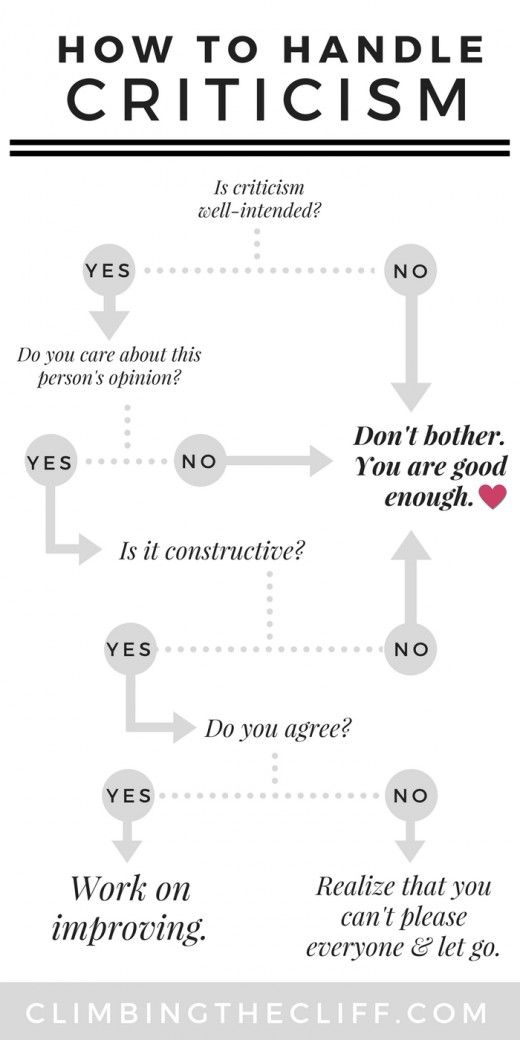 Let’s say that you have a big math exam today and a limited amount of time to take it. Be sure to bring extra pencils in case one breaks.
Let’s say that you have a big math exam today and a limited amount of time to take it. Be sure to bring extra pencils in case one breaks. - Consider it a challenge. See your problem as a challenge rather than an annoyance or a difficulty. This helps put you in the driver’s seat. The ancient Greek philosophy of stoicism tells us to focus on what we can control and to turn every obstacle into an opportunity for growth.
- Ask the experts. A good problem-solver doesn’t always try to figure things out alone. Sometimes you need help and expert advice. For instance, if you’re trying to fix an appliance, call someone you know who’s done it before.
- Don’t complain, just start moving. Complaining uses a lot of energy and makes you feel even worse. Let’s say you have three meetings to attend in one day. Instead of complaining about how much you have to do, start working on a time management solution.
- Take responsibility.
 Sometimes, our plans fail, and that’s OK. This is a part of life. Successful people get back on their feet and try again. Look for the lessons in each mistake or perceived failure. Be careful not to blame another person, because this makes you feel less in control.
Sometimes, our plans fail, and that’s OK. This is a part of life. Successful people get back on their feet and try again. Look for the lessons in each mistake or perceived failure. Be careful not to blame another person, because this makes you feel less in control.
Certain personality traits can also come in handy. Authors of a 2021 study with college students suggest that a few characteristics are helpful toward developing strong problem-solving skills:
- curiosity
- thirst for knowledge
- positive attitude
- action-oriented temperament
Although these traits may come more easily to some, anyone can develop their problem-solving skills with a little practice.
Good problem-solving skills are a necessary and important part of daily life.
In fact, we solve problems every day without thinking much about it. For instance, maybe you’re at work and you suddenly realize there’s a rip in your pants. Or maybe you’re a nickel short for the vending machine.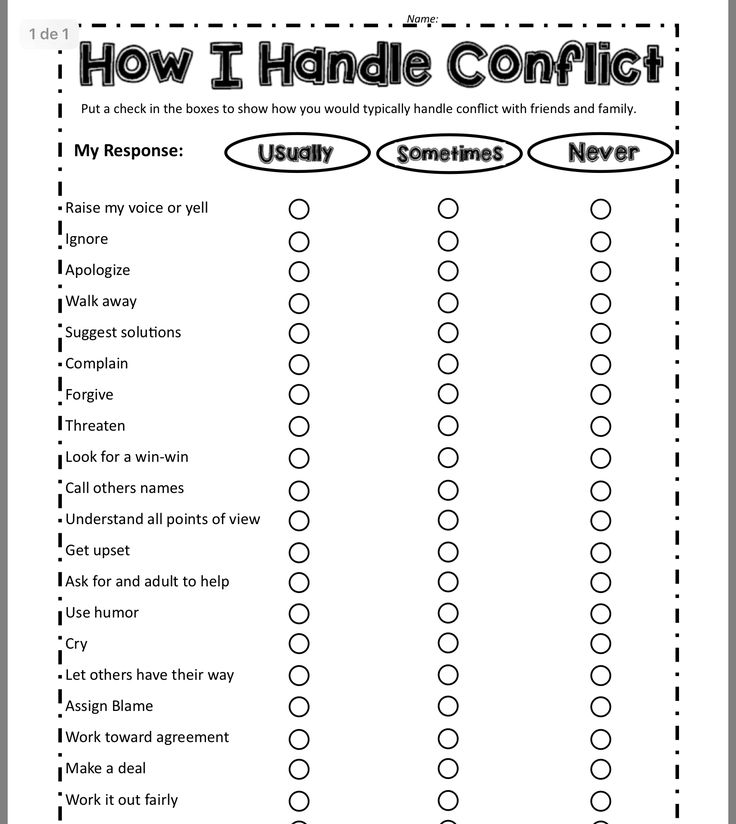 What do you do in these situations?
What do you do in these situations?
Everyday, we have to handle these little problems with creativity and patience.
When you build up the skills for solving small daily inconveniences, you’re preparing yourself for the times when you encounter a bigger life problem or task. This way, you have the confidence and motivation to work through your stress and grow from a challenging experience.
Problem-solving involves identifying the problem, developing possible solutions, and taking the appropriate course of action.
In many cases, problem-solving can be quite intuitive and not very difficult at all. And the more you practice your problem-solving skills, the more intuitive solutions become.
Steve Jobs, American entrepreneur and CEO of Apple, is quoted as saying, “When you first start off trying to solve a problem, the first solutions you come up with are very complex, and most people stop there. But if you keep going, and live with the problem and peel more layers of the onion off, you can often times arrive at some very elegant and simple solutions. ”
”
The best part is that when you finally overcome a problem, it feels really good!
4 ways to solve any problem
January 23, 2017 Life
There are no hopeless situations. Lifehacker will tell you how to solve a problem in any area of life using a simple algorithm.
Share
0Possible Solutions
Whether it's your choice of a new gadget, your relationship with your partner, or your new boss's excessive demands, there are four ways you can get rid of this feeling:
- change yourself and your behavior;
- change the situation;
- get out of the situation;
- change your attitude to the situation.
Undoubtedly, there is another option to leave everything as it is, but this is definitely not about solving the problem.
That's it, the list is over. No matter how hard you try, you can't think of anything else. And if you want to think about how to proceed, then I suggest doing the following steps.
Algorithm of actions
1. Formulate the problem in the first person
The problems "The world has not yet created the gadget that I need", "He does not care about me" and "The boss is a beast, demands the impossible" are unsolvable. But the problems “I can’t find a gadget that meets my criteria”, “I feel unhappy because my partner does not care about me” and “I can’t do what my boss requires of me” are quite workable.
2. Analyze your problem
Start from the four solutions above:
- You can change yourself and your behavior: reconsider your requirements for the gadget, ask your partner to take care or learn to do what the boss requires.
- You can make a difference: create your own gadget that perfectly matches your criteria, talk to a partner about your feelings, or get your boss fired.
- You can get out of the situation: decide not to buy a gadget at all, leave your partner or quit.

- You can change your attitude to the situation: read reviews on the forums and assess how much you need this particular gadget; talk to a psychologist and find out how you can take care of yourself; turning to the philosophy of Buddhism, come to terms with the character of the boss and not take his demands to heart.
3. Think about which method suits you best
You may find that you would like to combine several of them, for example, change your attitude to the situation and then change your behavior. Or maybe you will first consider several ways to choose from. This is fine.
4. Brainstorm with one, two, or even three options.
Get a piece of paper and a pen. For each method, write as many solutions to the problem as possible. At this stage, discard all filters (“indecent”, “impossible”, “ugly”, “shameful” and others) and write down everything that comes to mind.
For example:
| Change yourself and your behavior | ||
| I can't find a gadget that matches my criteria | I feel unhappy because my partner doesn't take care of me | I can't do what my boss wants me to do |
|
|
|
For inspiration:
- Imagine someone you respect who could definitely help you. What solutions would he suggest?
- Ask friends and acquaintances for help: brainstorming in a company is more fun.
5. Look at the list of all solutions to your problem
Choose the one that best suits your situation.
6. Answer the following questions for yourself
- What do I need to do to make this decision a reality?
- What can get in my way and how can I overcome it?
- Who can help me do this?
- What will I do in the next three days to start solving my problem?
7.
 Take action!
Take action! Without real action, all this thinking and analysis is a waste of time. You will surely succeed! And remember:
A no-win situation is a situation where you don't like the obvious way out.
How to solve problems with a minimum expenditure of nerves
Psychology
Sometimes our life comes with tasks that require urgent solutions. As a rule, the more urgent the problem needs to be overcome, the more disturbing sensations accompany it, driving people of a nervous warehouse into stress.
People have been studying the science of quickly and painlessly managing problems for years - in colleges, universities and special courses. This skill is required from managers and in general from any person - each of us in one way or another falls responsible for a certain work process. And we still bypass the problems in our personal lives, which ruffle the nerves more strongly, because they involve feelings that are little subject to plan and logic.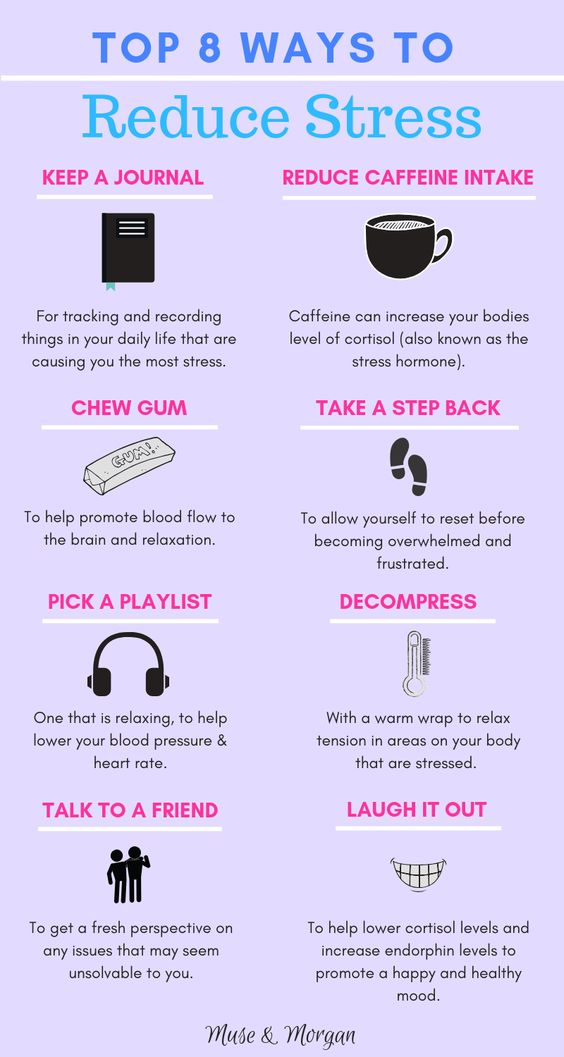
When a problem looms on the horizon, the first thing we feel is a strong desire to avoid it, to push it away somewhere, to dump it in the dustbin for trouble. Next comes the obsession with someone who can save, help, or at least bear some of the stress. We begin to look for “help from the audience”: call friends, parents, involve colleagues in conversations “on the topic”, google similar tasks that have already been solved by someone.
Responsibility for words and actions is the most difficult part of decision making. Usually we crave advice to take this burden off our own shoulders. It is easier to advise others than to decide for yourself, and this is the main reason we love consultations - it creates the illusion that others are more savvy in the matter. But, no matter how seductive the theory of magical advice, the final decision will have to be made independently.
The good news is that the skill of problem solving literally prolongs life, as it streamlines it and helps to avoid stress. Employers are willing to pay more to those who have mastered this difficult science, and your own business is easier if you have methods to deal with emerging obstacles in your arsenal.
Employers are willing to pay more to those who have mastered this difficult science, and your own business is easier if you have methods to deal with emerging obstacles in your arsenal.
You can start right now by learning ten simple steps to solve a problem of any complexity:
1. Bet on the positive
The first thing to do when faced with a problem is to start with a positive outlook. Do not give in to uncertainty, it always contributes to development. Look at the problem as an opportunity to learn new things and test your abilities. Yes, it's hard to keep a smile under the pressure of a deadline, but having a positive attitude makes things wonderfully easier.
2. Ask questions
Do you remember the moments from your school-student years, when the teacher states something incomprehensible, everyone is perplexed, but no one asks questions, not wanting to seem stupider than others? Forget about children's complexes. Before you solve a problem, you must understand it, and if you don’t understand something, feel free to ask until you get a clear picture. Do not be shy. There are no stupid questions, there are those that have not yet been answered.
Do not be shy. There are no stupid questions, there are those that have not yet been answered.
3. Think outside the box
When faced with a problem, don't jump to conclusions. The usual approach may not work for specific situations. Give yourself time to think, weigh, understand, discuss what exactly is going on before answering. Any task has more than one way to solve it, and perhaps the most non-standard one will be more appropriate and more effective than the obvious ones.
4. Look to the Root
Sometimes the problem you're trying to solve may be just a symptom or part of a larger problem that needs to be rewinded before it starts. It is a difficult path, but a quality result follows a thorough and prompt investigation into the “what”, “where”, “why”, “when”, “how” and “who”. Draw the situation up and down, hang the wall in the style of detective films, draw diagrams and arrows, create lists and plans. Having revealed the problem in its entirety, you will be able to determine the right course of action.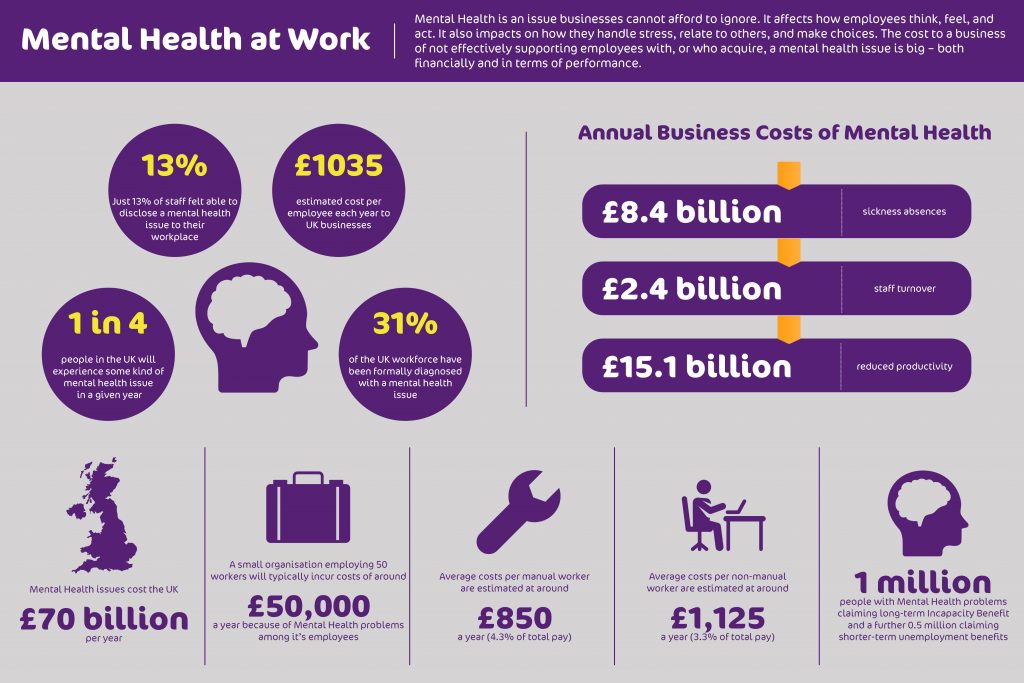
5. Break it down
A handy technique for solving complex problems is breaking down into parts, which involves multiplying smaller segments until each part is understandable for successful execution. By breaking down the problem into parts, it is easier to see the symptoms, tools, and methods for follow-up.
6. Think Logically
Given the complexity of the problem, having an effective plan that specifies what needs to be done and when is critical. The plan is not only good for reminding the deadlines of each stage, but also as a communication tool for the characters involved in the task.
7. Look for similarities
The appearance of difficulty leads to a natural question: does the problem have the same initial data that you have ever won over? Often the complexities disguise themselves in context, while at the root the problem duplicates the past. This is even more useful when combined with tip #5: when the content of a task is broken down into parts, it is easier to find that you have already gone through some of them and now you know what to do.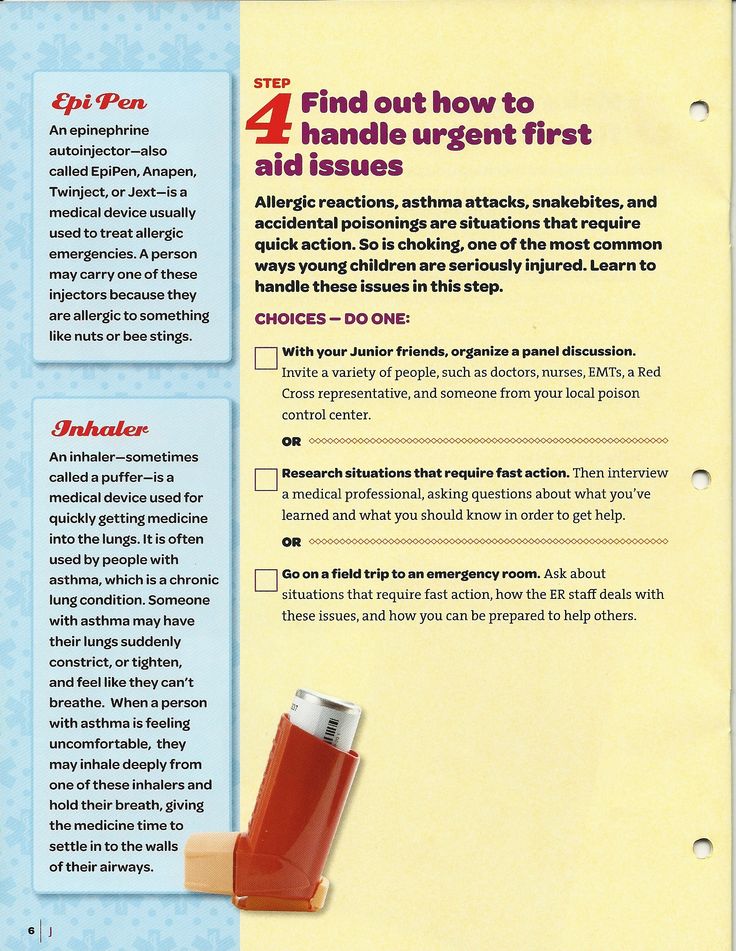
8. Keep your emotions in check
Emotions and stress undermine your ability to think clearly - do not let them cloud your mind. Try to maintain rational thinking and consciously manage actions. If you find yourself too emotionally charged, take a break to calm down, for example, allow yourself five minutes of privacy with light jazz on your headphones. And do not forget about measured breathing: pranayama is our everything.
9. Visualize success
It's like visualization, where the result is the motivating factor, and the trajectory to it is variable at your discretion. The solution to the problem is transitioning from one state to another, similar to navigation using a map: you can trace the path from the starting point to the place you want to go, or start from the destination and go back. You are free to choose where to unwind this difficult ball - start where you feel confident.
10. Be realistic
One of the key risks: valuing the decision over the accompanying information.